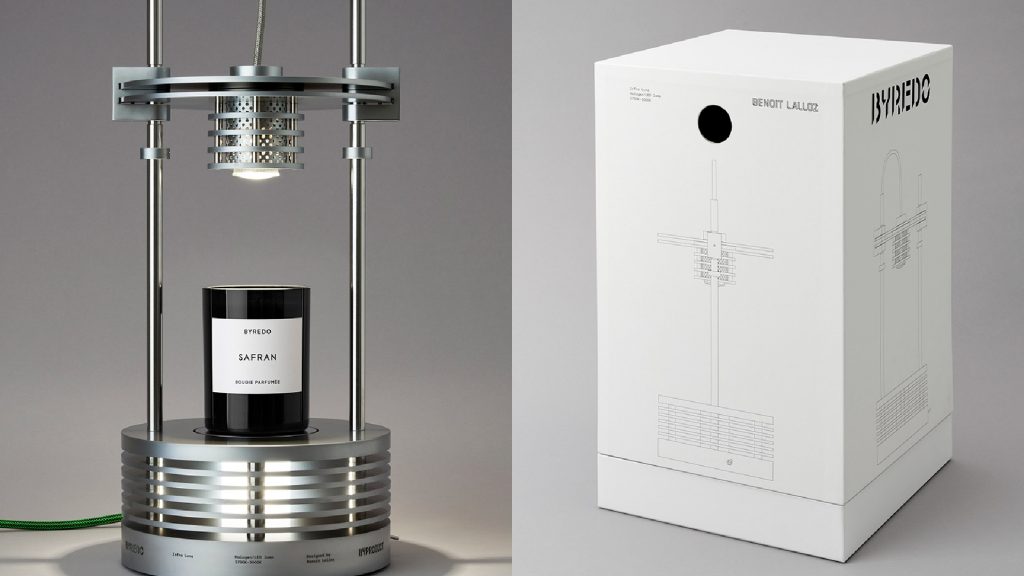How Beiersdorf is targeting sugar-induced skin ageing with its latest innovation
Defined by nearly 10 years of research, Beiersdorf has launched a new facial serum to combat sugar-induced skin damage.
The new innovation targets glycation, which is described as a naturally occurring but irreversible chemical reaction that occurs when sugar molecules bind to proteins or lipids.
It leads to the formation of advanced glycation end-products (AGEs). The longer a protein lives in the skin, the more AGEs it can accumulate, which can lead to inflammation and free radicals.

Put simply, sugar weakens the skin’s collagen and elastin fibres, causing them to lose their elasticity and resilience. Along with UV radiation, this process contributes to the formation of wrinkles.
To address this, Beiersdorf has developed a new patented active ingredient to protect the skin’s collagen from "sugar damage".
The innovation first launches with Nivea as part of its new Q10 Dual Action Serum, allowing the skincare brand to capitalise on the growing trend of preventative beauty amongst consumers.
It combines the newly patented ingredient NAHP, trademarked Glycostop by the beauty company, with the brand's existing anti-wrinkle active ingredient Q10 in an "innovative" formula.
The ingredients work together to prevent skin ageing by blocking the glycation of connective tissue proteins such as collagen.
It promises to work from day one and is clinically proven to visibly reduce even the deepest wrinkles within two weeks.
"After launching the first Q10 skincare products on the mass market under the Nivea brand more than 25 years ago, we are now taking another decisive step in the anti-ageing segment with our new anti-glycation ingredient," said Dr Julia Weise, Laboratory Manager in the Biological Testing department at Beiersdorf.
"In total, our team tested around 1,700 active ingredients. Many substances intercept the sugar before it can react; they sacrifice themselves and become saccharified. This effect has to be avoided.
"Ultimately, there was a clear "winning ingredient" called NAHP, which stands for N-Acetyl-L-hydroxyproline. NAHP prevents the glycation reaction from taking place in the first place and prevents the formation of AGEs at a higher rate – by up to 68%.
Sugar molecules are neutralised before they can bind to proteins and weaken collagen fibres, for example. This is why we have given our active ingredient NAHP the second name, Glycostop. We have a patent for its use in cosmetic products and have published several scientific papers on the subject."






